Spring is an exciting time in the yard. Yes, gardeners plant in the spring. Someone started a flower last fall. Or a gardener planted it a hundred years ago.
Trees are usually planted in the spring or fall as small plants and may take several years to bloom. Most trees or shrubs don’t bloom immediately. Sometimes they take several years to bloom. Some plants take years to grow or to spread.
This article is about plants living in zone 7. Find the USDA Plant Hardiness Zone Map here. For the little winters of Tennessee read “The five little winters of Tennessee” on the Half Hill Farm website.
Redbud Winter: early April
Dogwood Winter: late April
Locust Winter: early May
Blackberry Winter: mid-May
Britches Winter: late May
from The five little winters of Tennessee
[su_spacer size=”20″ class=””]
Trees that Bloom in the Spring
[su_spacer size=”20″ class=””]
Redbud trees are easy to grow and usually live a long time. Dogwood trees are hard to start and may live for a long time or die quickly.
“What is Blackberry Winter? Or Redbud Winter? Or Dogwood Winter?” by Darius Van d’Rhys, March 30, 2011, in Dave’s Garden gives a good explanation of redbud winter. Check the article “What is Dogwood Winter?” , as well.
There is an Easter poem that describes how the dogwood tree came to be the way it is today.
[su_spacer size=”20″ class=””]
- Flowering Dogwood
- Eastern Redbud
- Crab Apple
- some Magnolias
- Saucer Magnolia
- Southern Magnolia (Magnolia grandiflora) – evergreen and can get very large
- some Cherry Trees
- Pear Tree
[su_spacer size=”20″ class=””]
Trimming shrubs is best done right after they bloom to prevent cutting off next years blooms. The forsythia shown here grows fast. The bridal-wreath grows more slowly. The azaleas and rhododendrons grow very slowly.
You can multiply forsythia and hydrangeas multiply by laying a stem on the ground. It should be attached to the plant. Cover the stem with dirt and hold it down with something heavy. You may just want to dig up some of it as it is.
[su_spacer size=”20″ class=””]
- Forsythia – full sun, yellow, grows quickly
- Bridal-wreath spiraea – white, grows slowly
- Azaleas & Rhododendron – for shade, grows slowly
Bulbs that Flower in Spring
[su_spacer size=”20″ class=””]
The leaves supply bulbs food for growth. A buttercup bulb looks much like an onion. All parts of a buttercup are poisonous. I recently learned – spraying a yard with chemicals can kill buttercups. Oh, no, I have buttercups everywhere. Don’t spray your yard, if you want buttercups there. There is a granular pre-emerge that controls seeds from sprouting. This is not good for buttercups either. Where it is dispersed can be controlled if the area is level. There are flowers that seem to be perennial. They reseed themselves yearly. A pre-emerge will kill them.
I tried to dig buttercups out of a vegetable garden space one year. They just grew better the next year. I tried to dig some of them out of a vegetable garden space and they just grew better the next year.
There are many different types of bulb flowers. Buttercups alone have various types that grow throughout the season. Buttercups are usually quite easy to transplant. Most varieties of buttercups multiply quickly. It helps to divide them often.
Snowdrops are not easy to transplant. They can be moved in clumps without disturbing the dirt around them.
The Star of Bethlehem may show up anywhere. Perhaps squirrels move them around.
Irises actually have rhizomes. They do well on small slopes. Irises multiply and need dividing often.
[su_spacer size=”20″ class=””]
- Crocus – often the first flower to be seen. They may bloom in the snow.
- Daffodil, Narcissus is a genus, sometimes called buttercups (not actually buttercups)
- Tulips – often die out after one year
- Hyacinths
- Snowdrops
- Star of Bethlehem
- and more
[su_spacer size=”20″ class=””]
[su_spacer size=”20″ class=””]
Vines that bloom in the Spring
[su_spacer size=”20″ class=””]
- Clematis
- Perennial Sweet Pea
- Carolina Jasmine
- Wisteria
Groundcovers that Bloom in Spring
- Creeping Phlox – can be overgrown or destroyed by faster-growing plants
- Vinca minor ‘Traditional’ – AKA Common/Creeping Periwinkle/Myrtle, Creeping
Myrtle – spreads quickly, but may take a while to get started - Vinca Major – spreads quickly
[su_spacer size=”20″ class=””]
Herbaceous Perennials that Bloom in the Spring
[su_spacer size=”20″ class=””]
I would consider herbaceous perennials small plants that do not fit in any of the other categories. They have a regular root system and come back every year. Solomon’s Seal grows in the shade. Spiderwort will grow almost anywhere you put it. It grows taller in a shady area like it’s trying to reach the sun. Columbine tends to be a bit more temperamental. When I see it I,m delighted.
All of these will grow in the shade. Spiderwort probably will do ok in the sun. Theseplants are usually bought already grown at a nursery.
[su_spacer size=”20″ class=””]- Solomon’s Seal
- Spiderwort
- Columbine
Wild Plants that Bloom in the Spring
[su_spacer size=”20″ class=””]
Wild is a debatable term. A plant that may be considered wild in some areas may be highly sought after in other areas. Wild may be thought to be detrimental or useless. This is not true. All parts of dandelions are edible. Many of the wild plants are edible, but more modern plants may be poisonous.
[su_spacer size=”20″ class=””]
- Woodland Phlox
- Wild Violets
- Wild Strawberries
- Dandelion
[su_spacer size=”20″ class=””]
[su_spacer size=”20″ class=””]
[su_spacer size=”20″ class=””]
[su_spacer size=”20″ class=””]

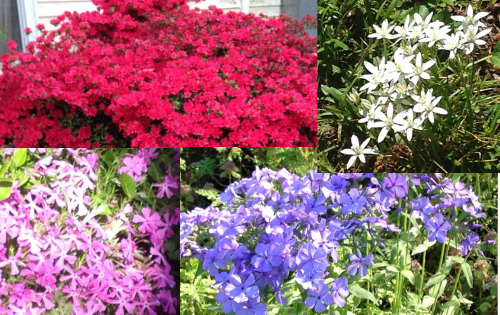
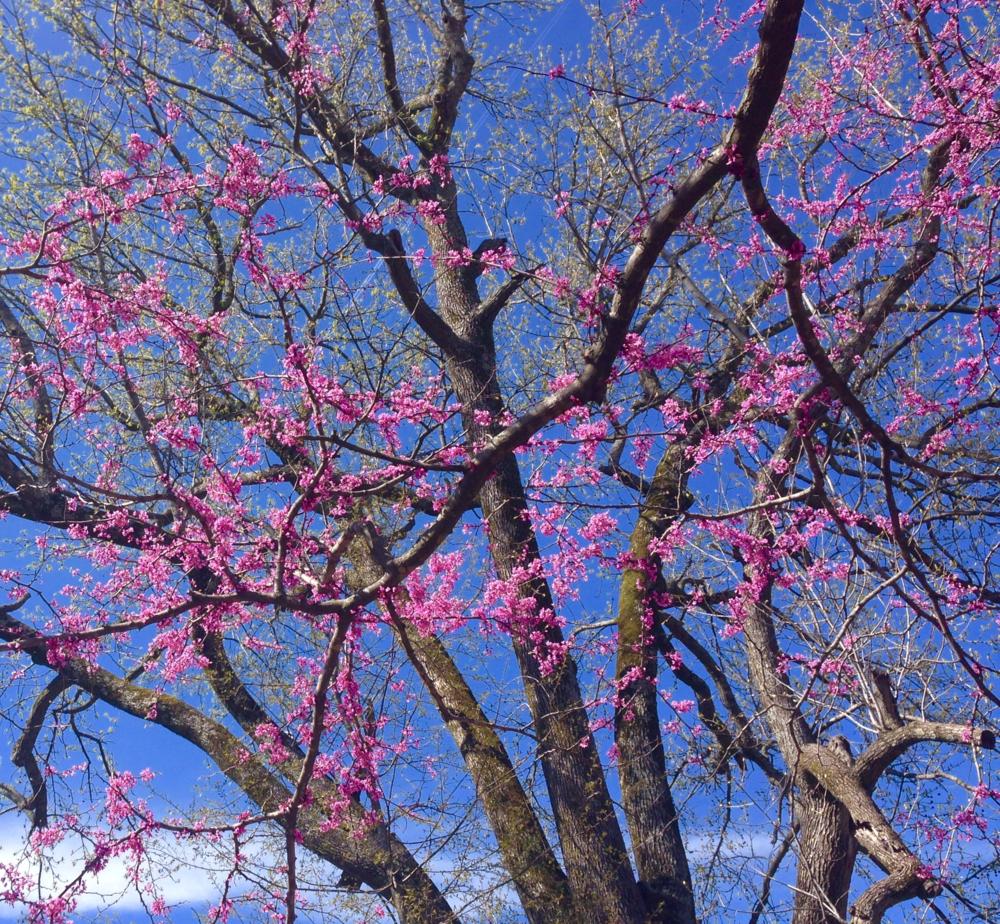
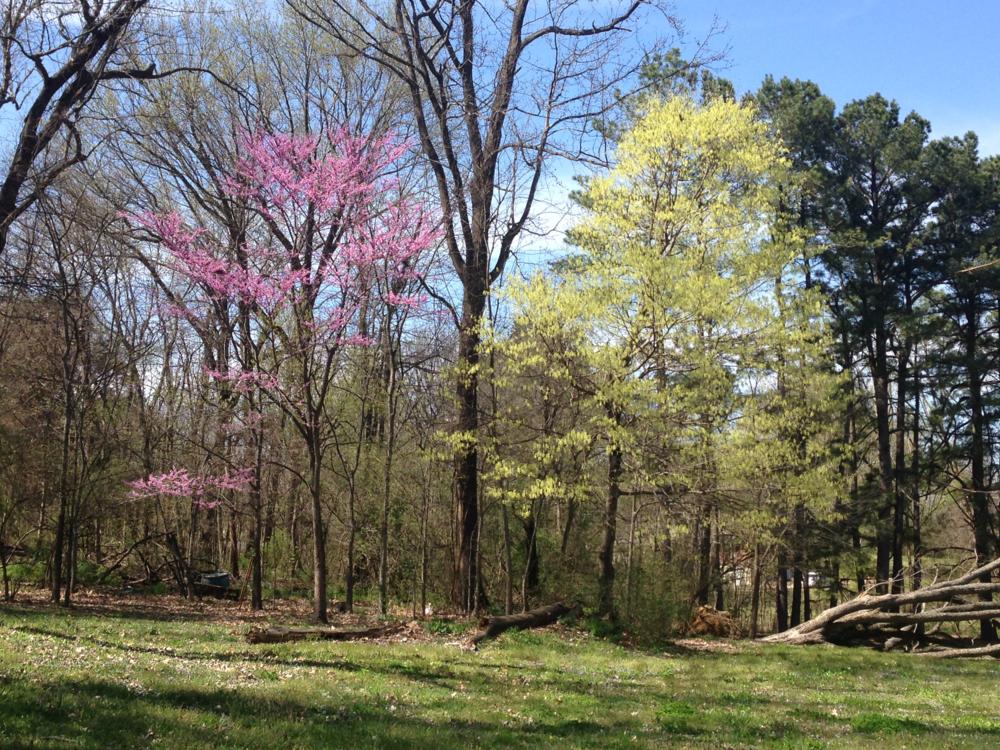
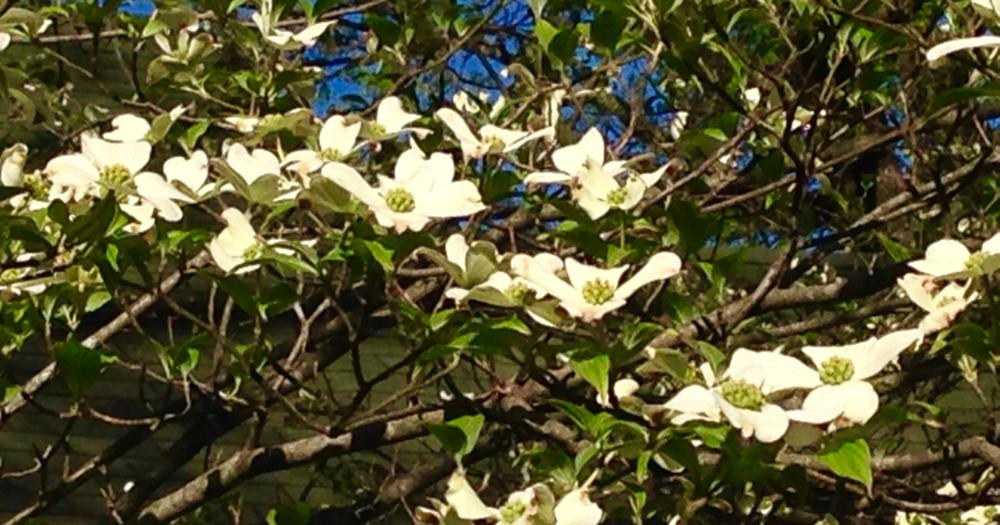
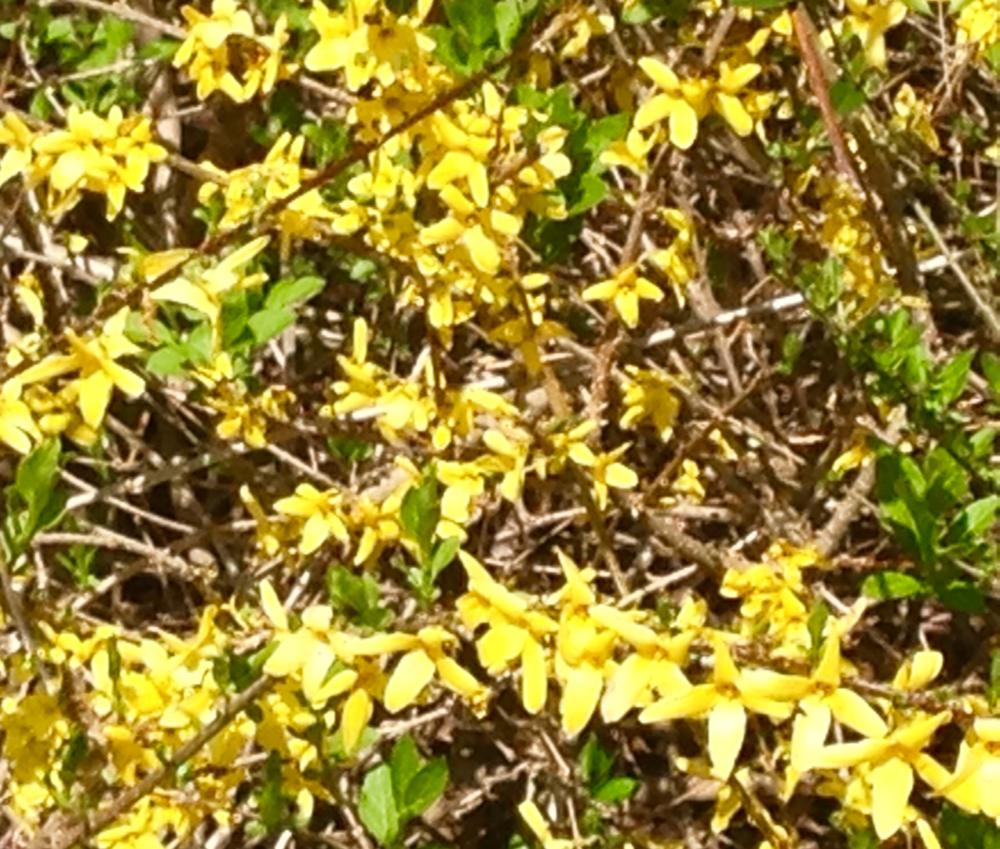
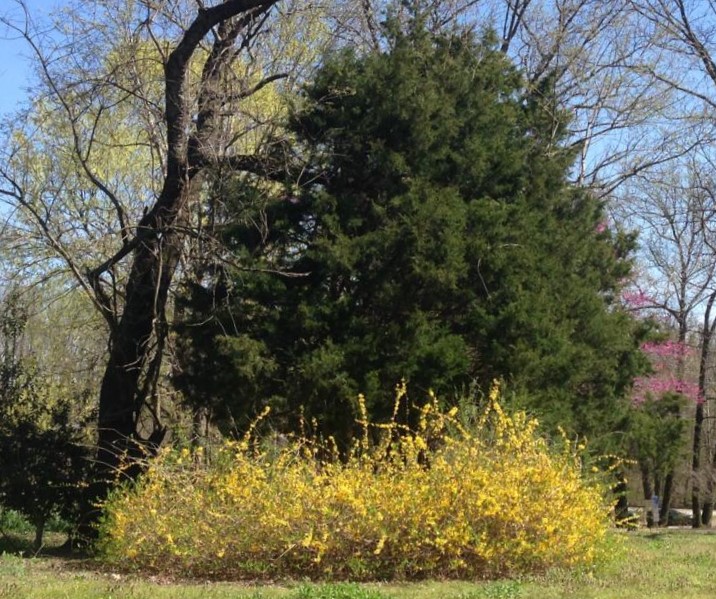
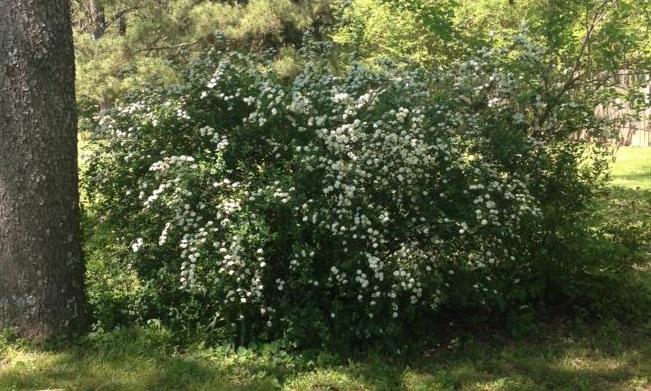
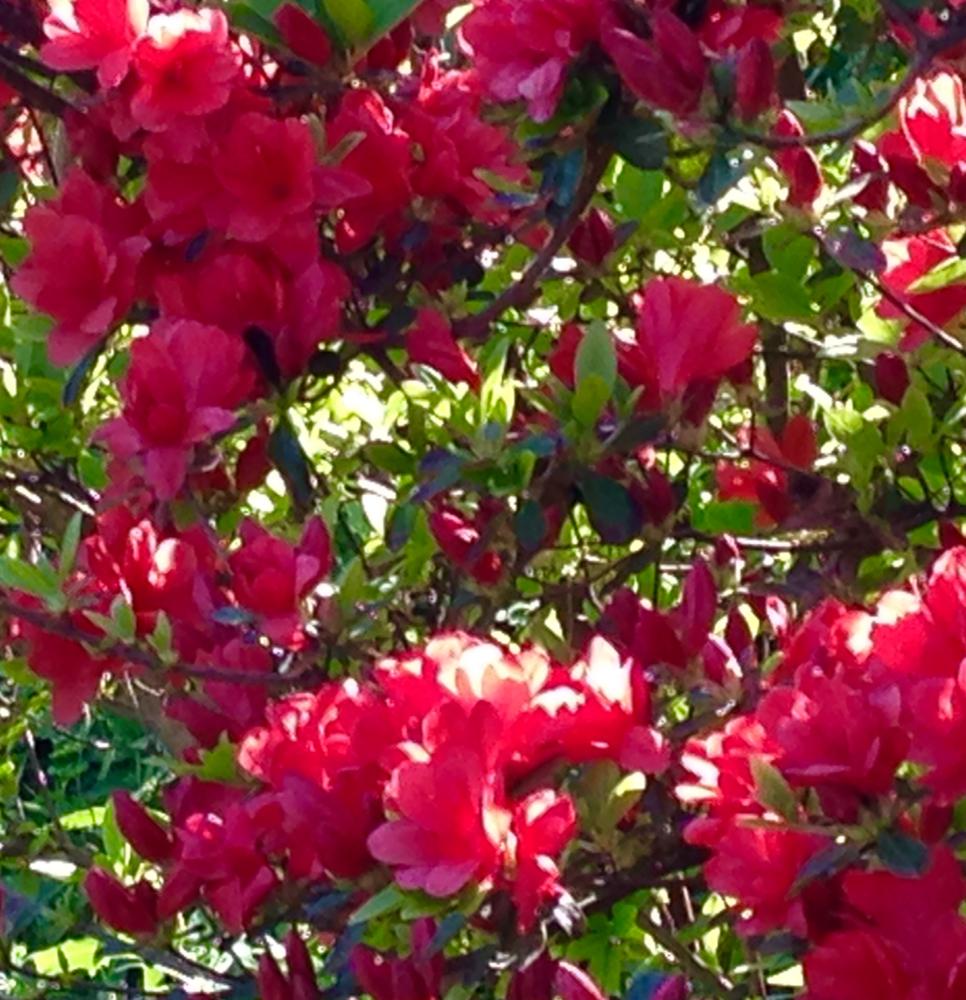
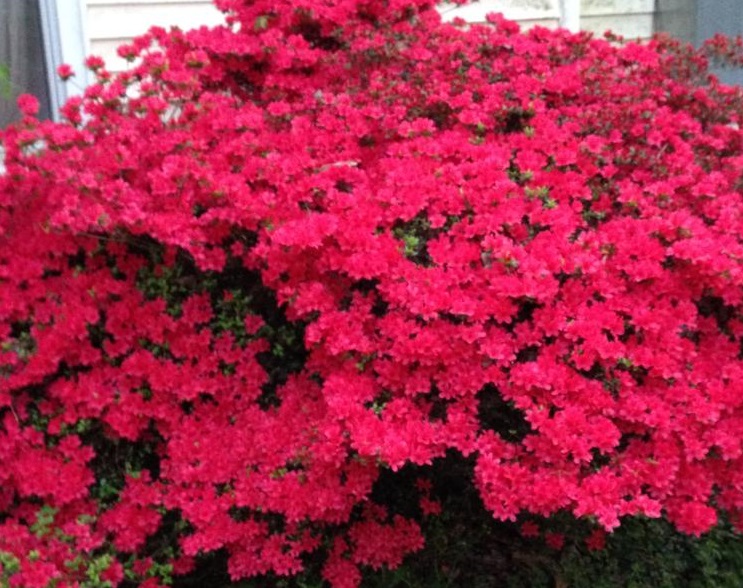
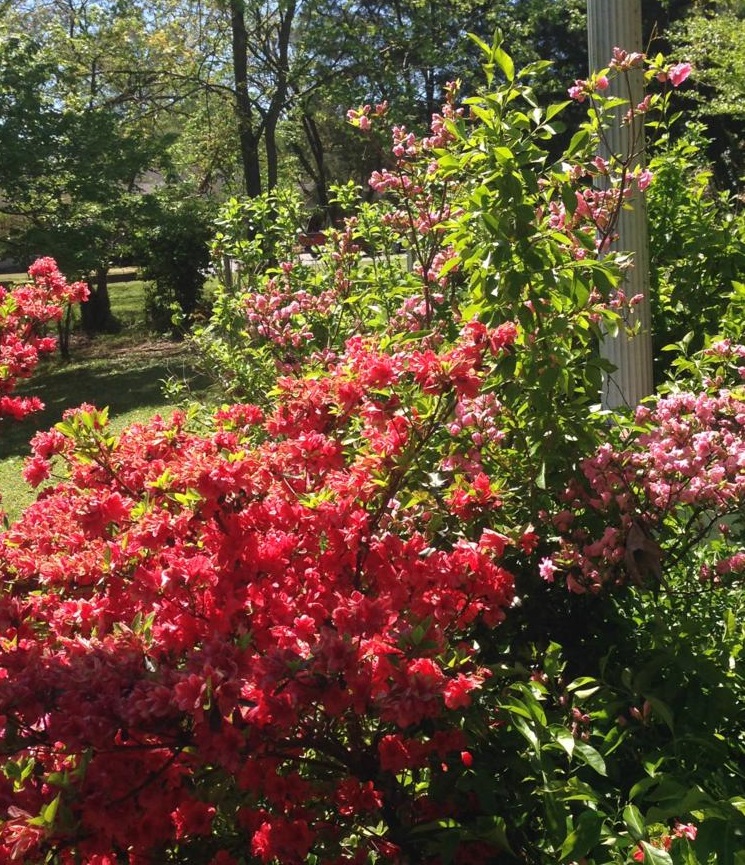
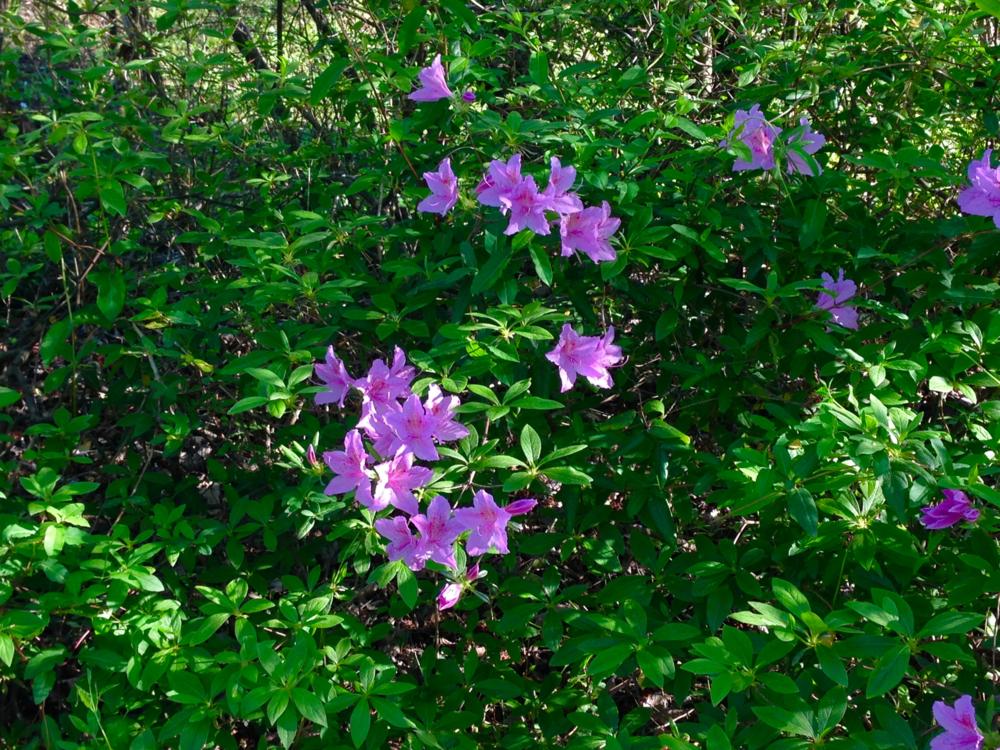
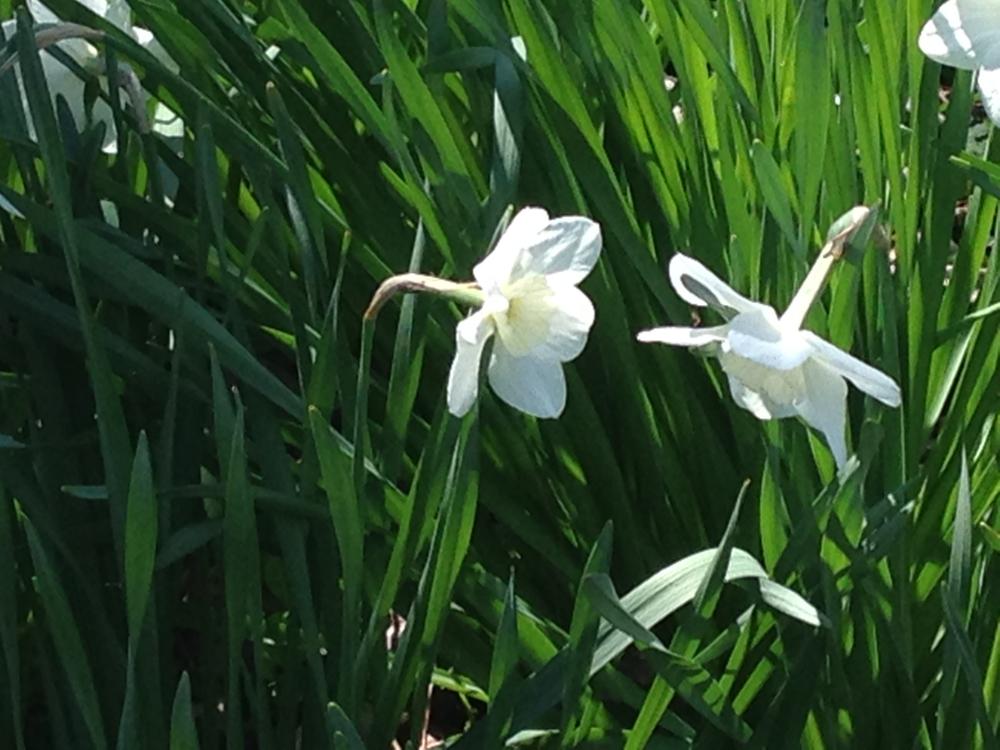
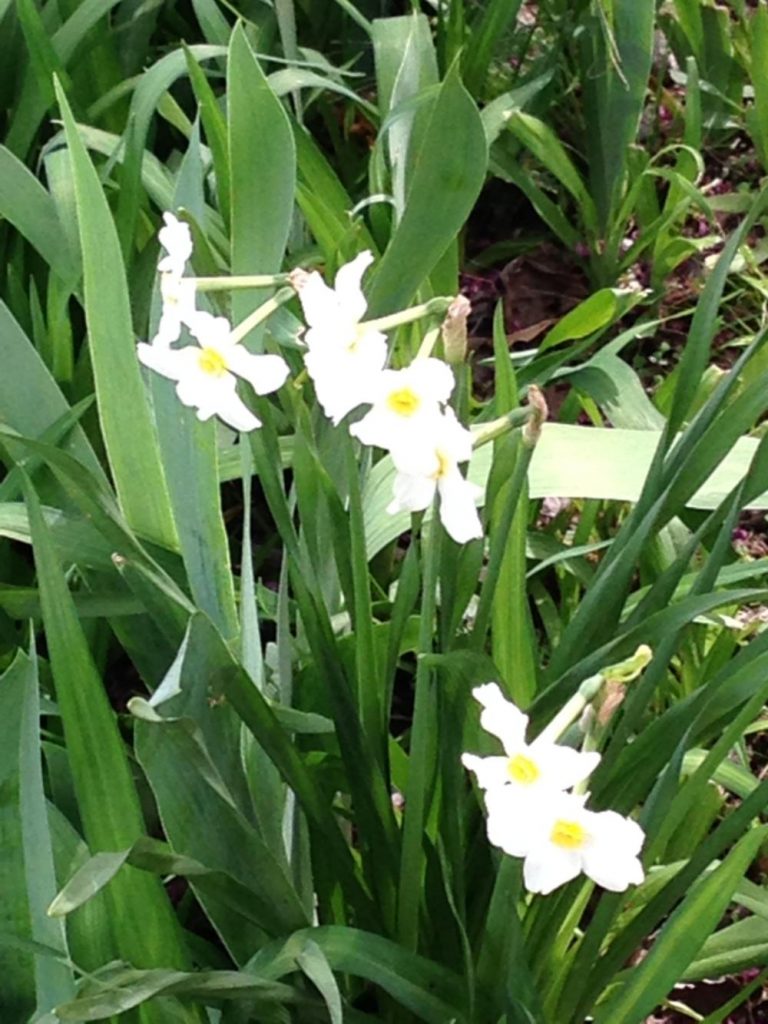
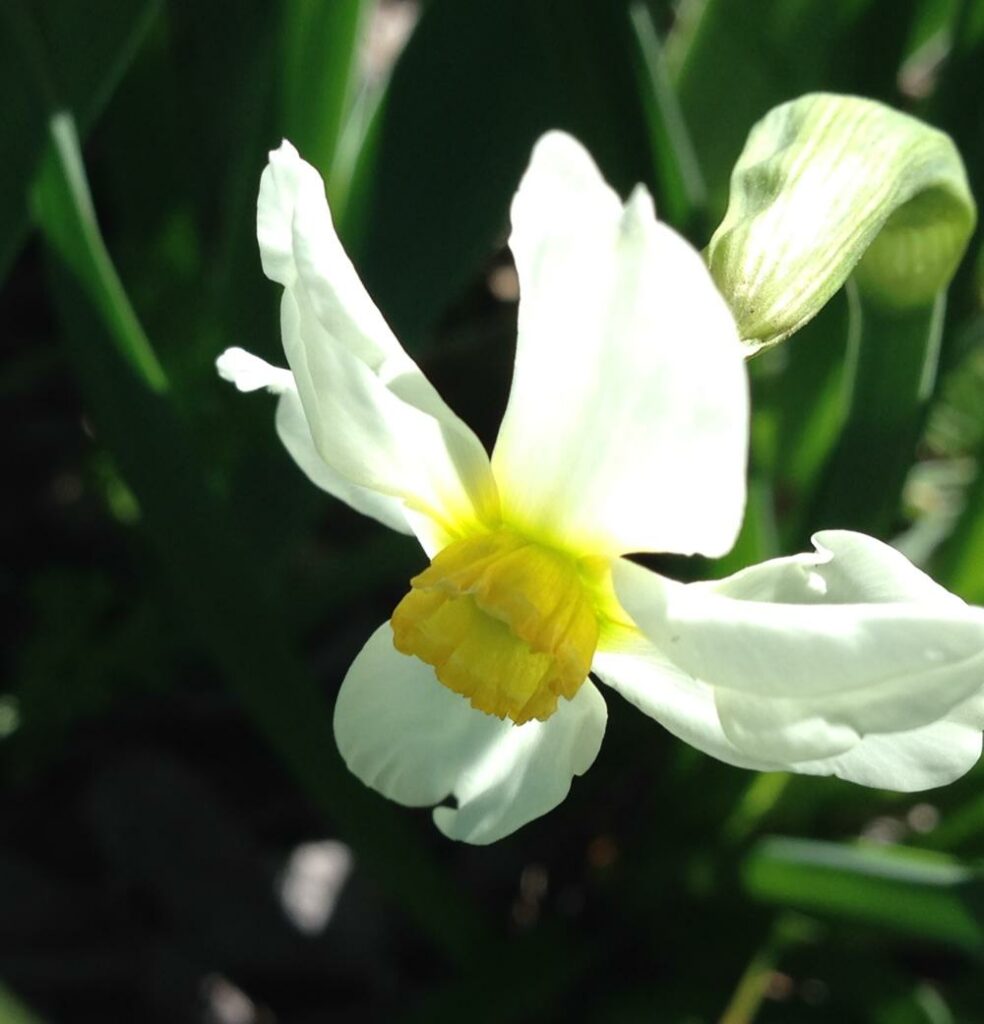
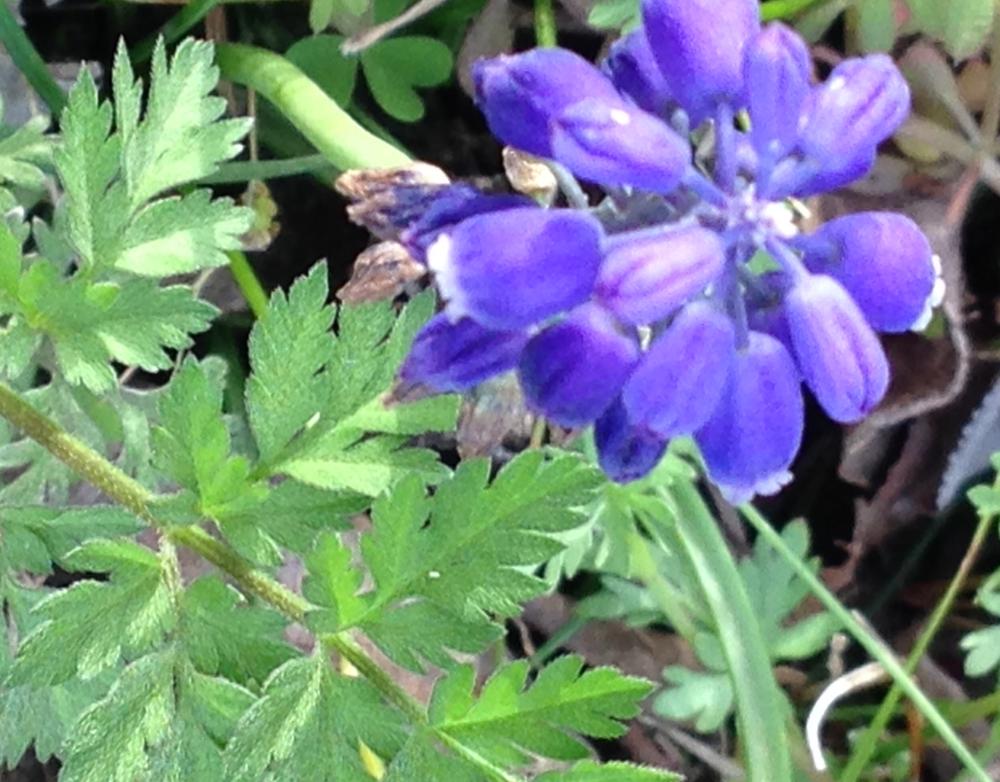
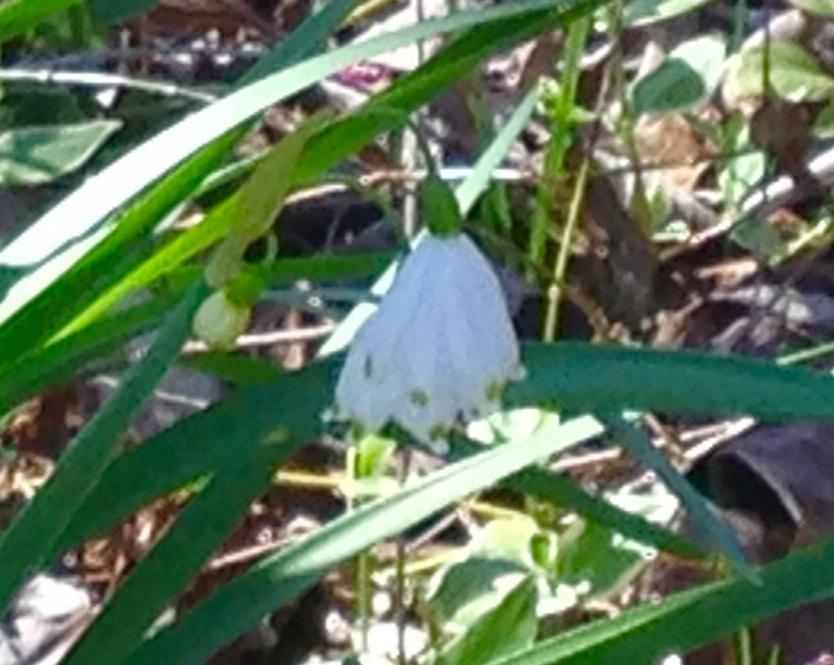
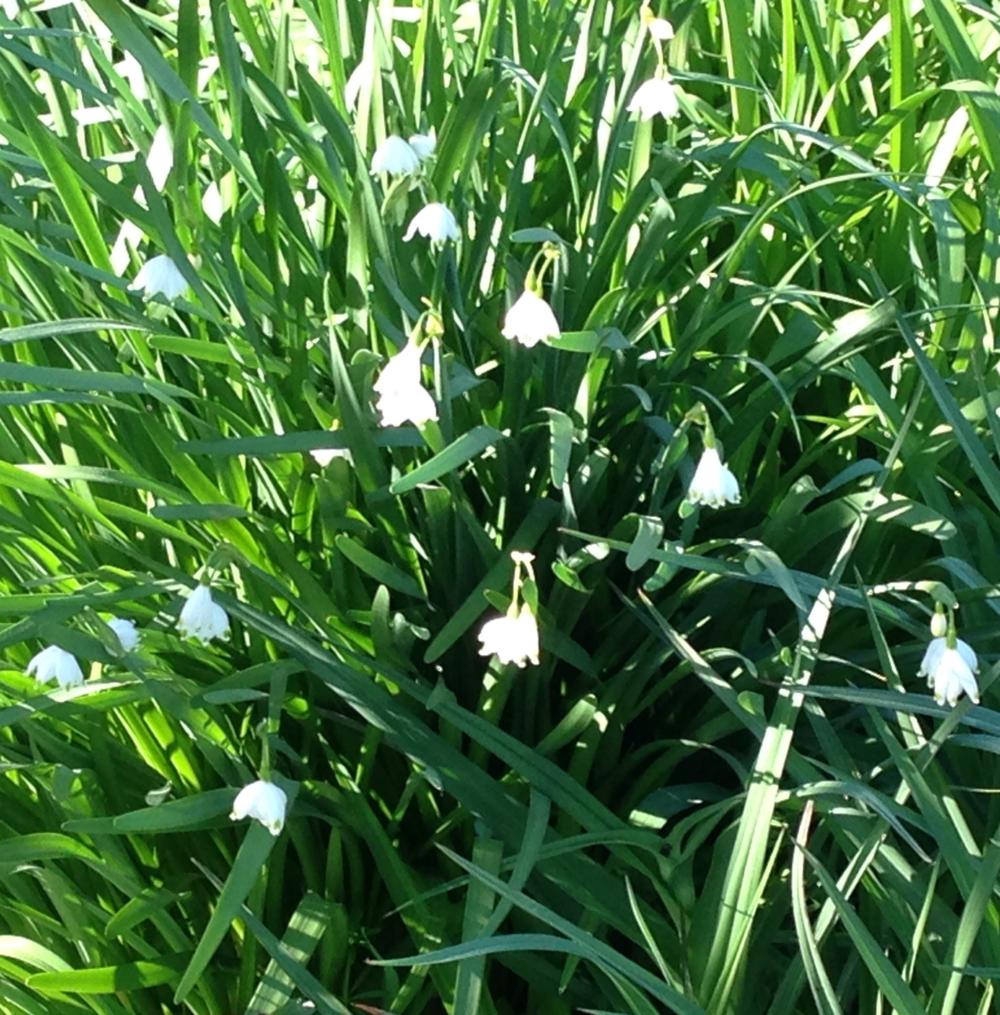
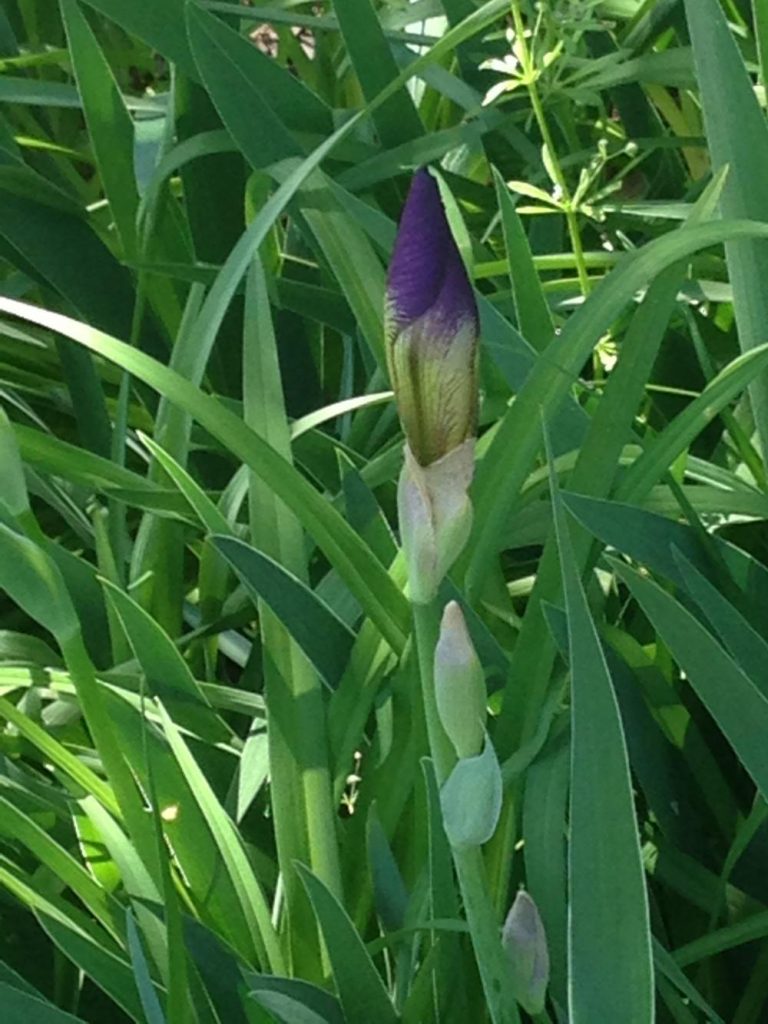
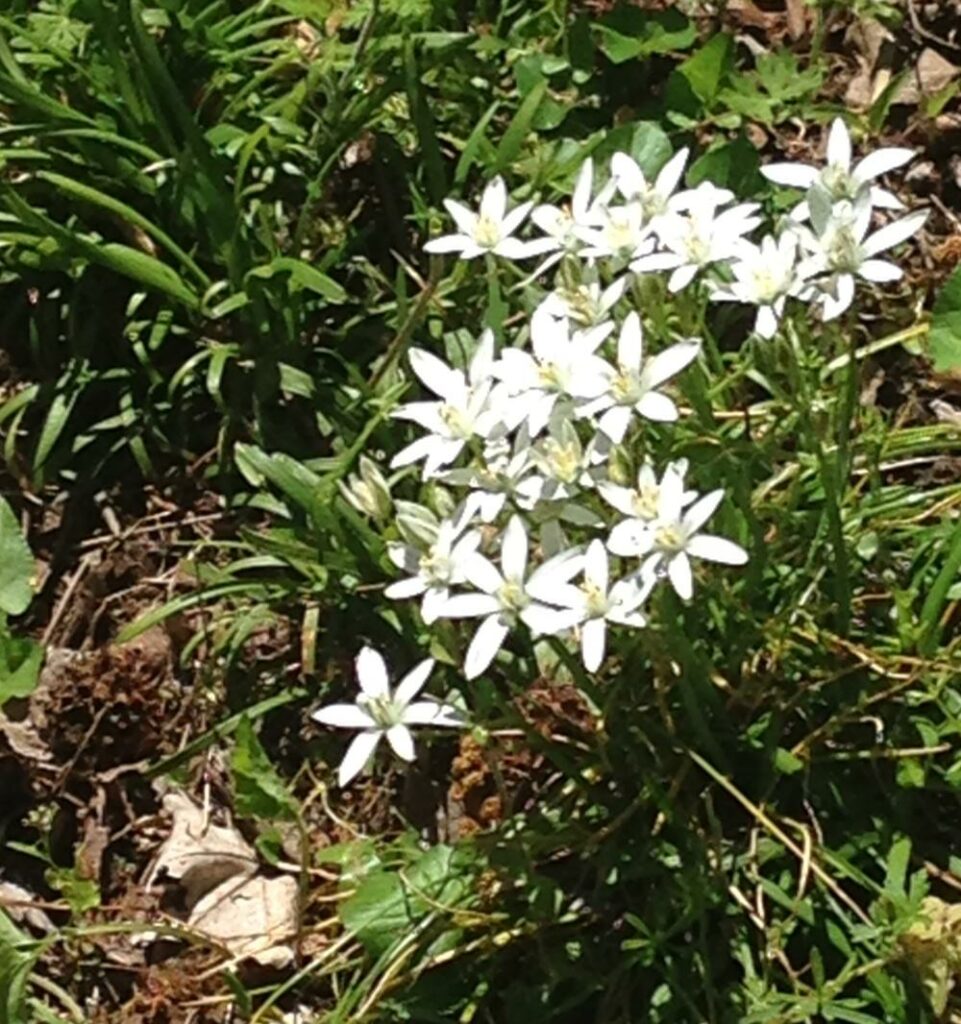
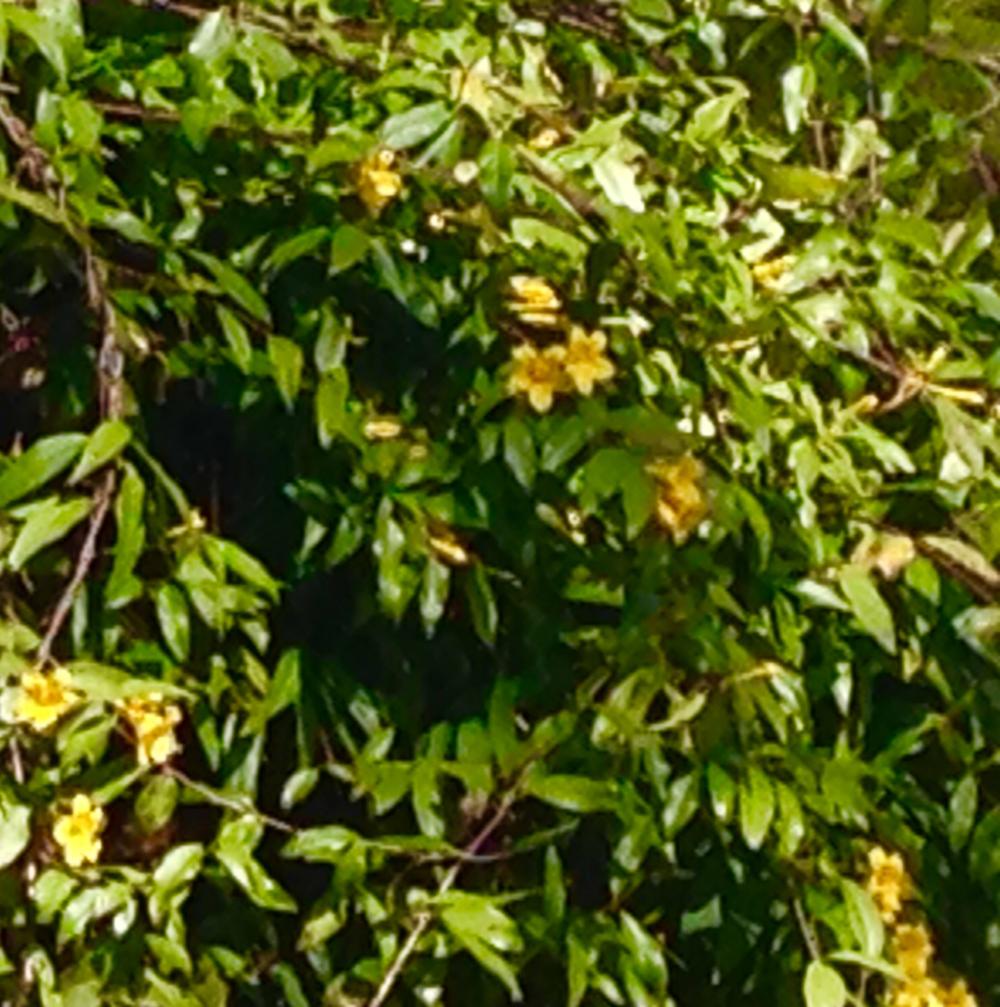
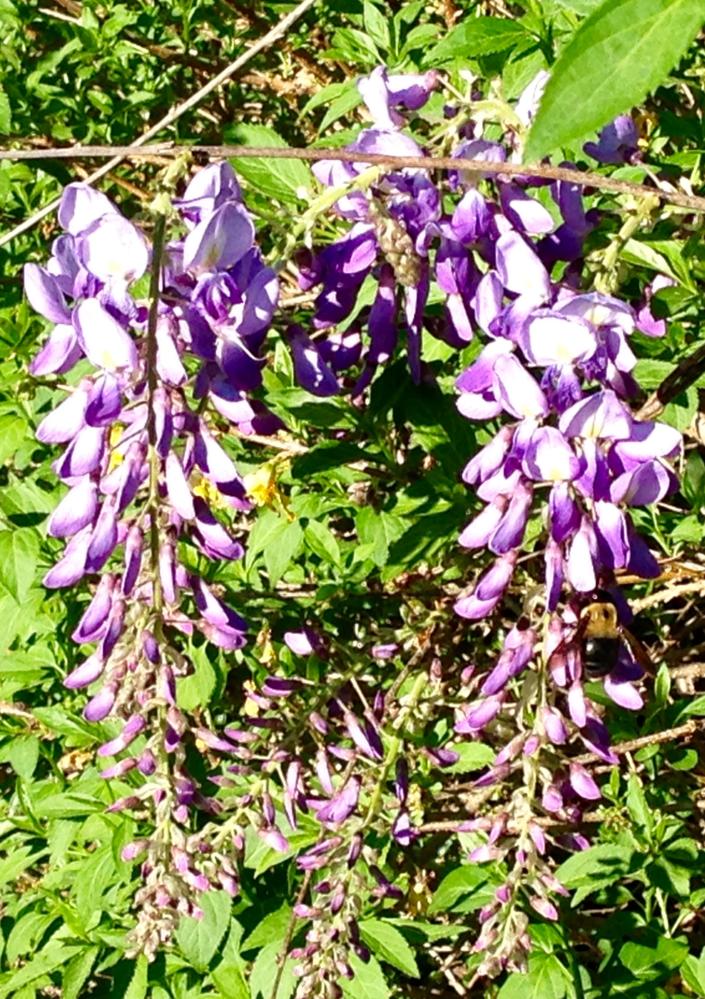

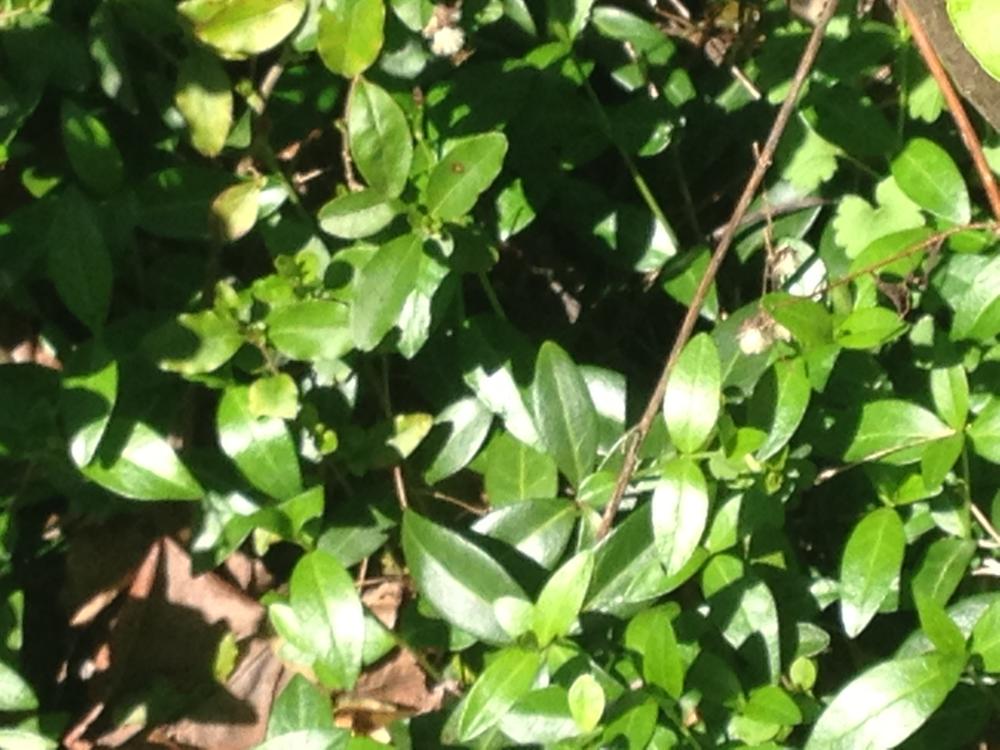
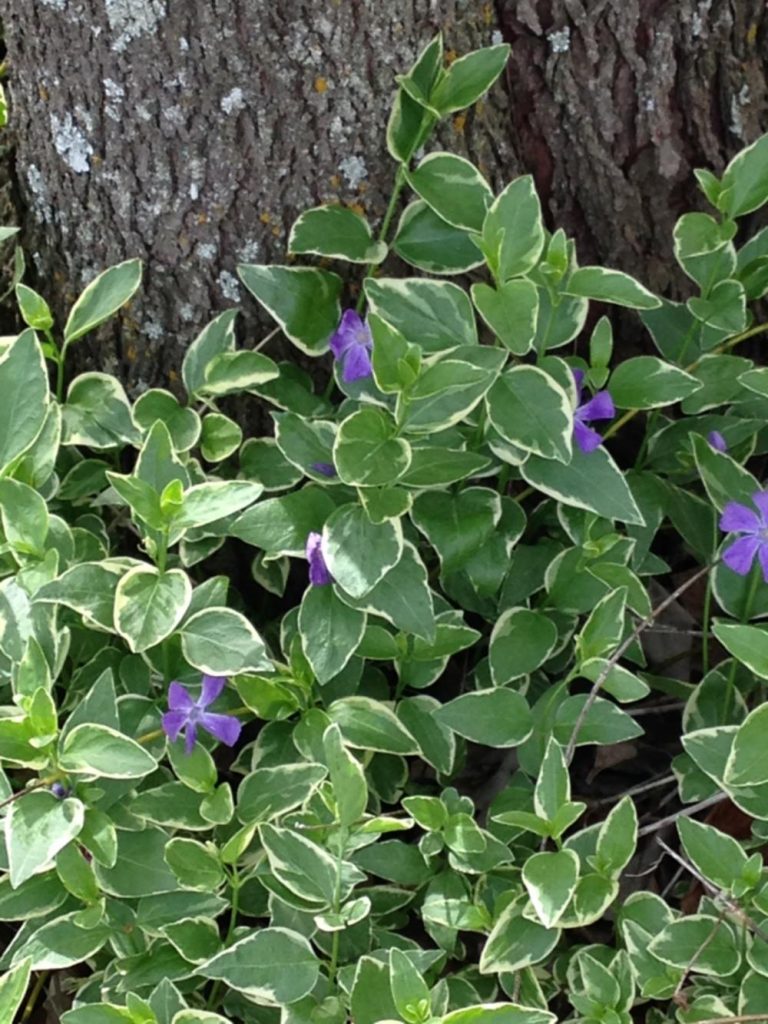
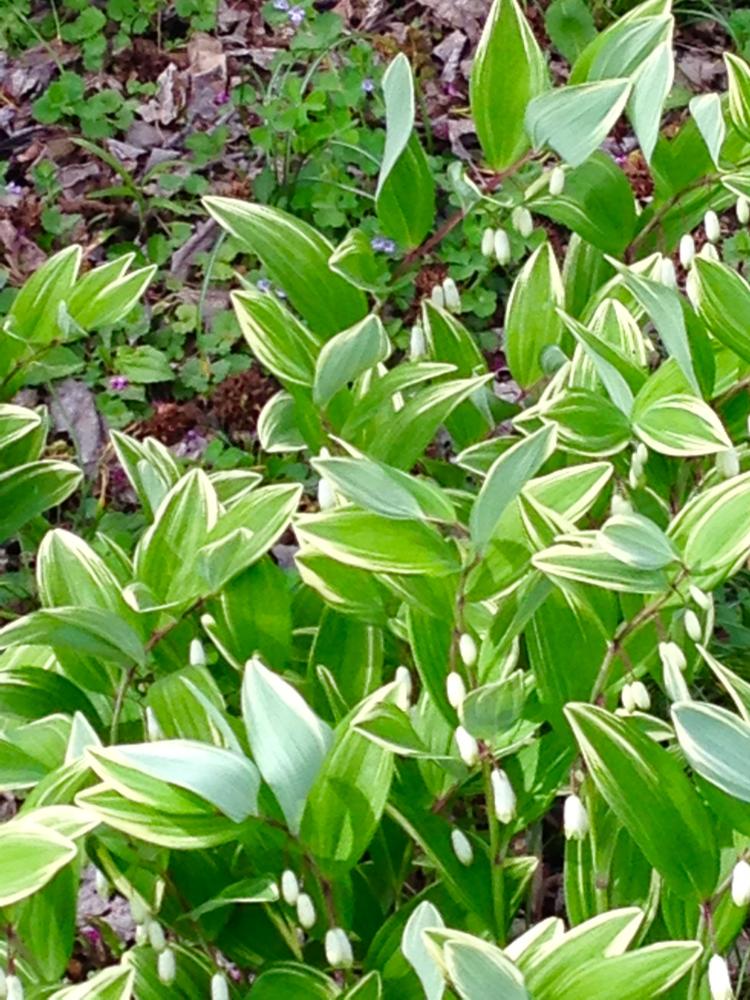
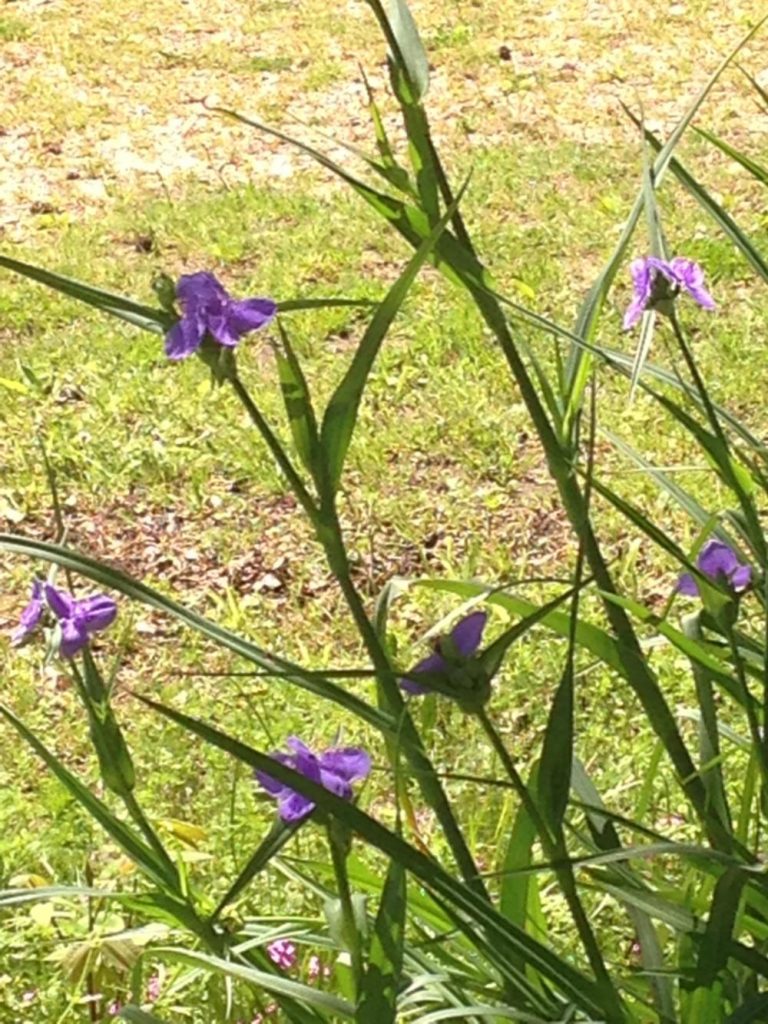
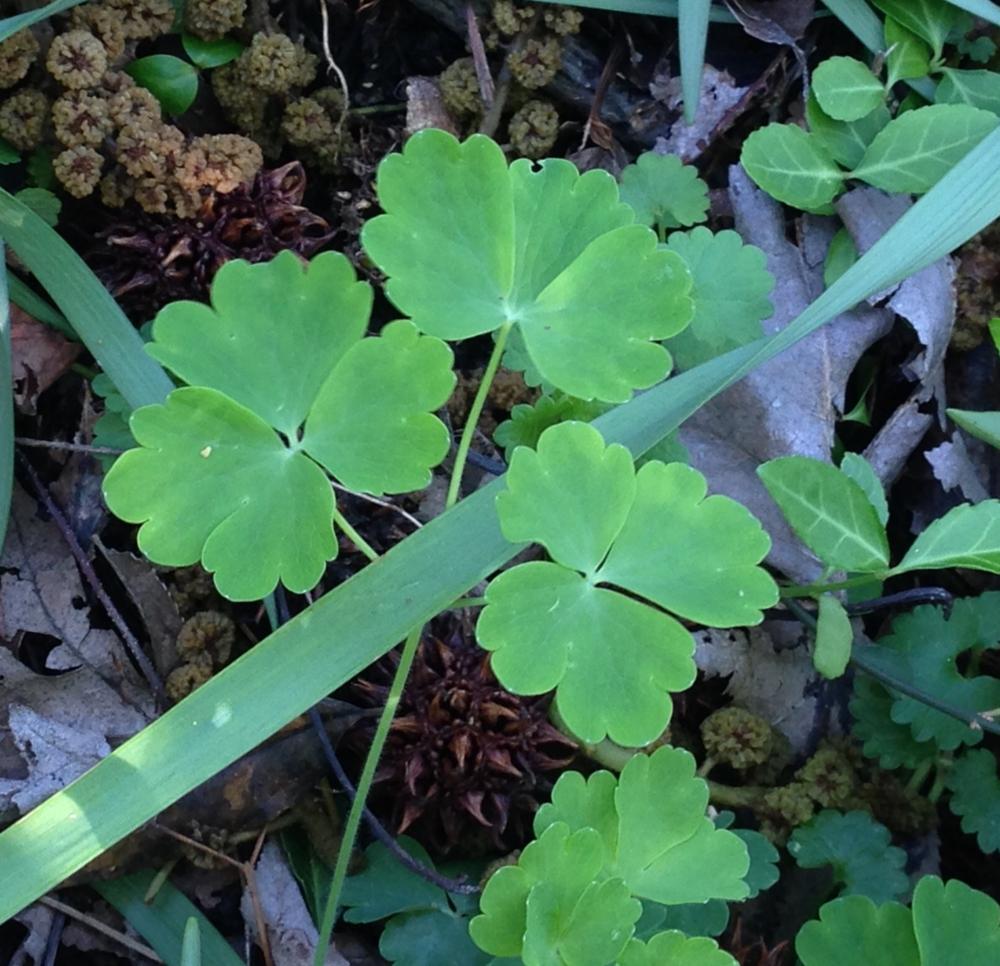
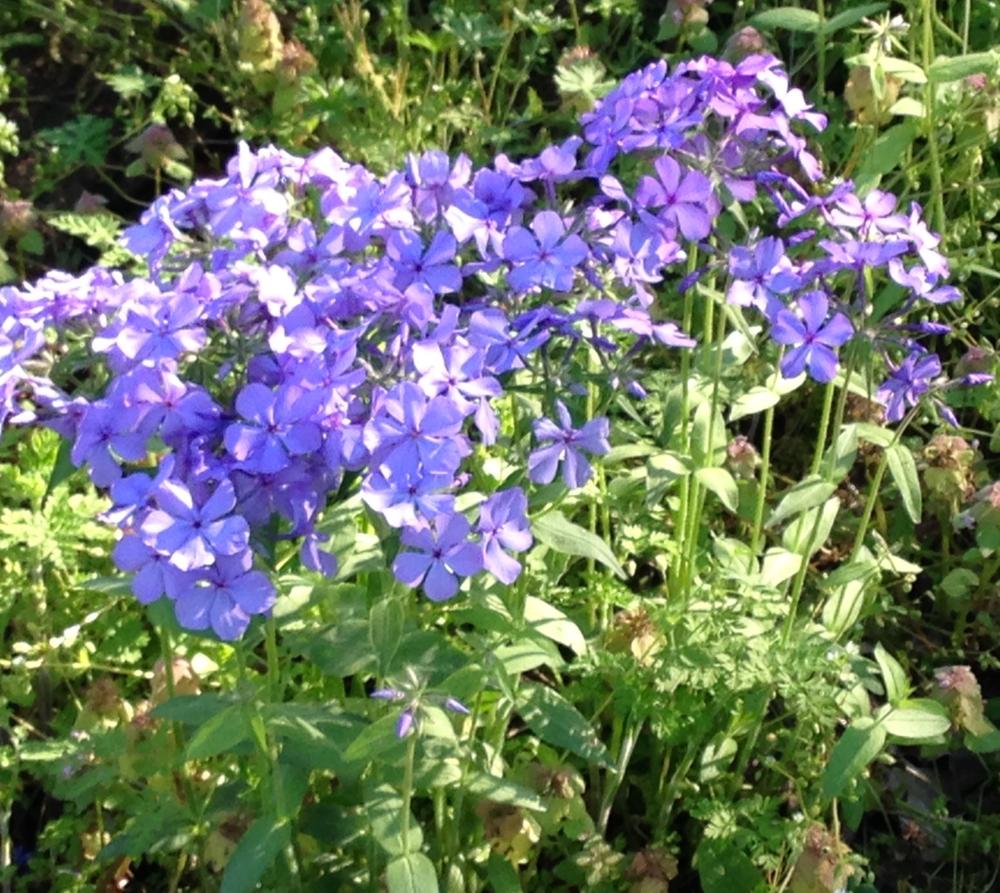
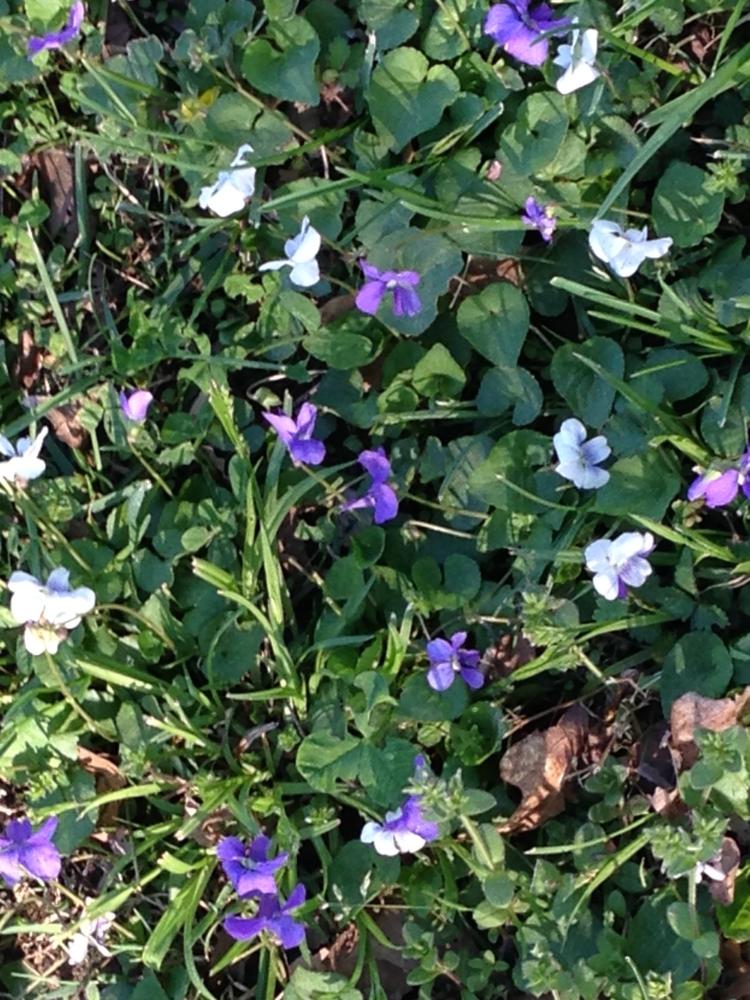
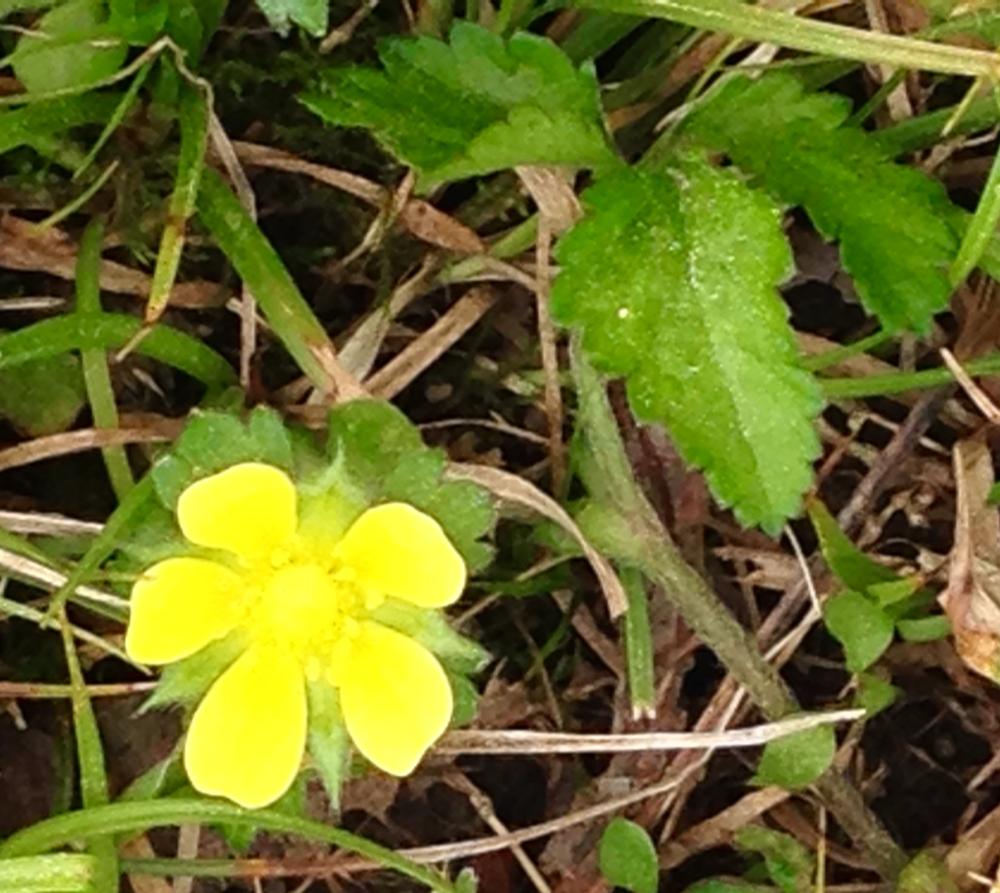
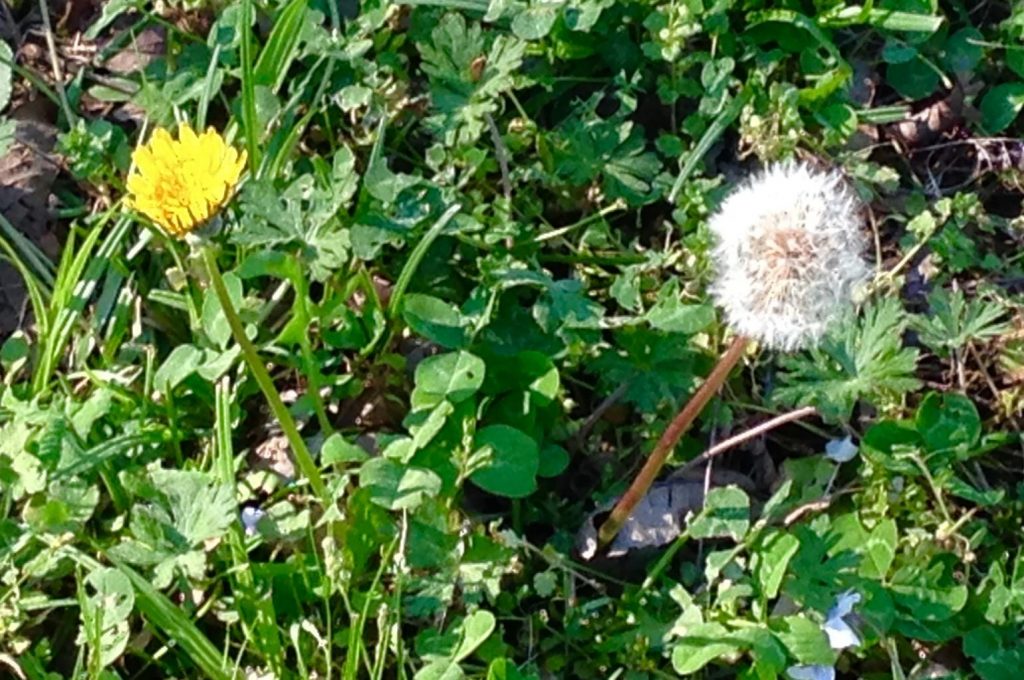
Leave a Reply